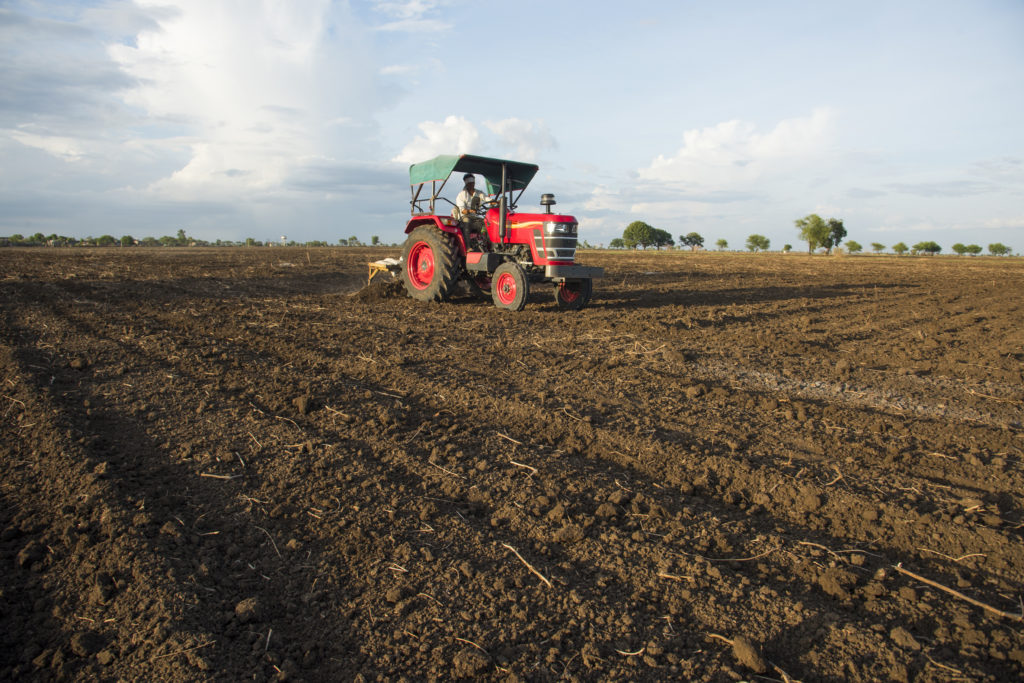The 2023 Farm Bill is the comprehensive package that US Congress uses to set national agriculture, conservation, nutrition and forestry policy. The bill is made up of 12 titles and is known as the biggest safety net for American farmers. However, unlike most bills, the Farm Bill must pass. The key question is: what will make it into the final version that becomes law?
Special interests are lining up for their slice of the bill, which will replace the five-year-old 2018 Farm Bill set to expire on October 1st, 2023. The Democrat-controlled Senate and Republican-controlled House agriculture committees began field hearings late last year on the 2023 Farm Bill and hope to reach an agreement by late this year.
In 2018, the Farm Bill conference agreement received strong bipartisan support in both chambers of Congress. However, the 2023 Farm Bill faces several challenges that have the potential to split Congressional members along party lines. While it is difficult to predict what the final version will look like, here’s what some lawmakers and stakeholders are hoping to achieve for this year’s Farm Bill.
Related: USDA Confirms Pesticide Residue Levels are Safe in 99 Percent of Produce
Agriculture and Conservation
As a must-pass piece of legislation, the 2023 Farm Bill affects the agriculture supply chain from production all the way to consumption. Nowadays, many producers may consider themselves equal parts farmers and conservationists in order to sustain their production. Many farmers voluntarily invest in conservation programs that help provide economic and financial flexibility for their operation.
Through programs like the Regional Conservation Partnership Program, Environmental Quality Incentives Program and Agricultural Conservation Easement Program, the Farm Bill incentivizes voluntary conservation practices that address resource and habitat concerns while keeping land in production. Conservation ultimately creates a more resilient landscape that offers protection from flooding, increased water storage, improved water quality and more.
As such, the relationship between agriculture and conservation has evolved into one of immense mutual benefit. With a continued focus on agricultural conservation in the 2023 Farm Bill package, Congress can demonstrate its intent to support the producers who feed the nation while facilitating the collaborative work championed by conservation organizations.
Nutrition
The Supplemental Nutrition Assistance Program (SNAP) and other programs in the nutrition title represent the majority of Farm Bill spending, making up almost 85 percent. Although nutrition programs are funded through regular budget bills, the Farm Bill helps make the rules for how the programs will work and who qualifies. Nutrition title spending is anticipated to increase in the 2023 Farm Bill based on the higher cost of the food and administrative changes to how the SNAP benefit rates are calculated.
Some advocacy groups, including the Center for Employment Opportunities (CEO), are hoping that the 2023 Farm Bill will increase investment in the “SNAP Employment and Training” program, which allows SNAP recipients to get employment training, and provides transportation, childcare and clothing allowances as participants find employment.
Spending on the nutrition title alone is expected to push the price tag for the next Farm Bill to more than $1 trillion over the next ten years. The high level of SNAP spending may create challenges for those hoping to bring new initiatives into the nutrition title, like potentially codifying the Farmers to Families Food Box program developed to address supply chain disruptions during COVID-19.
Other Points of Negotiation for the 2023 Farm Bill
Beyond agriculture, conservation and nutrition, here are some other Farm Bill titles that are likely to gain attention:
- Farm animal welfare: The American Society for the Prevention of Cruelty to Animals (ASPCA) released its own Farm Bill agenda outlining priorities to improve the welfare of the almost ten billion animals raised for food each year in the US. It is calling on Congress to move away from factory farming and accelerate the transition to a more humane system by increasing corporate accountability, ending government investment in the factory farm mode and investing in farmers building a more humane system.
- Inflation, costs of production and commodities: Weather conditions, inflation, supply chain disruptions and market volatility have all resulted in uncertain market conditions for agricultural producers, pointing to the need for improvements to the safety net for American Farmers. Agricultural groups have suggested a litany of improvements, from improving crop insurance to creating a permanent disaster program.
- The Organic Trade Association (OTA): The OTA’s priorities for this year’s Farm Bill include expanding organic market data collection, acknowledging certified organic agriculture’s contributions to protecting natural resources and investing in new programs to increase technical assistance for organic and transitioning farmers.
- Research: The Farm Bill can allocate money to fund research at colleges, universities and public and private institutions. This can include research into how to best grow food, make crops more resistant to droughts and heat and create artificial intelligence machines to work on crops.
- Rural development: The US Department of Agriculture (USDA) is the only federal agency with the explicit mandate of deploying programs to help the development of rural areas. This includes grants to build hospitals, schools, traditional infrastructure and utilities services.
While each Farm Bill faces its own set of challenges and oppositions, it also presents opportunities for voters, advocacy groups, labor advocates and others to have their voices heard. But ultimately, only time will tell how the progress for the 2023 Farm Bill will unfold.












Join or login to leave a comment
JOIN LOGIN